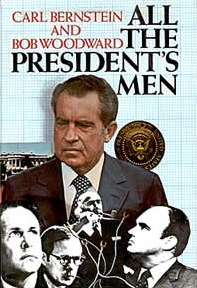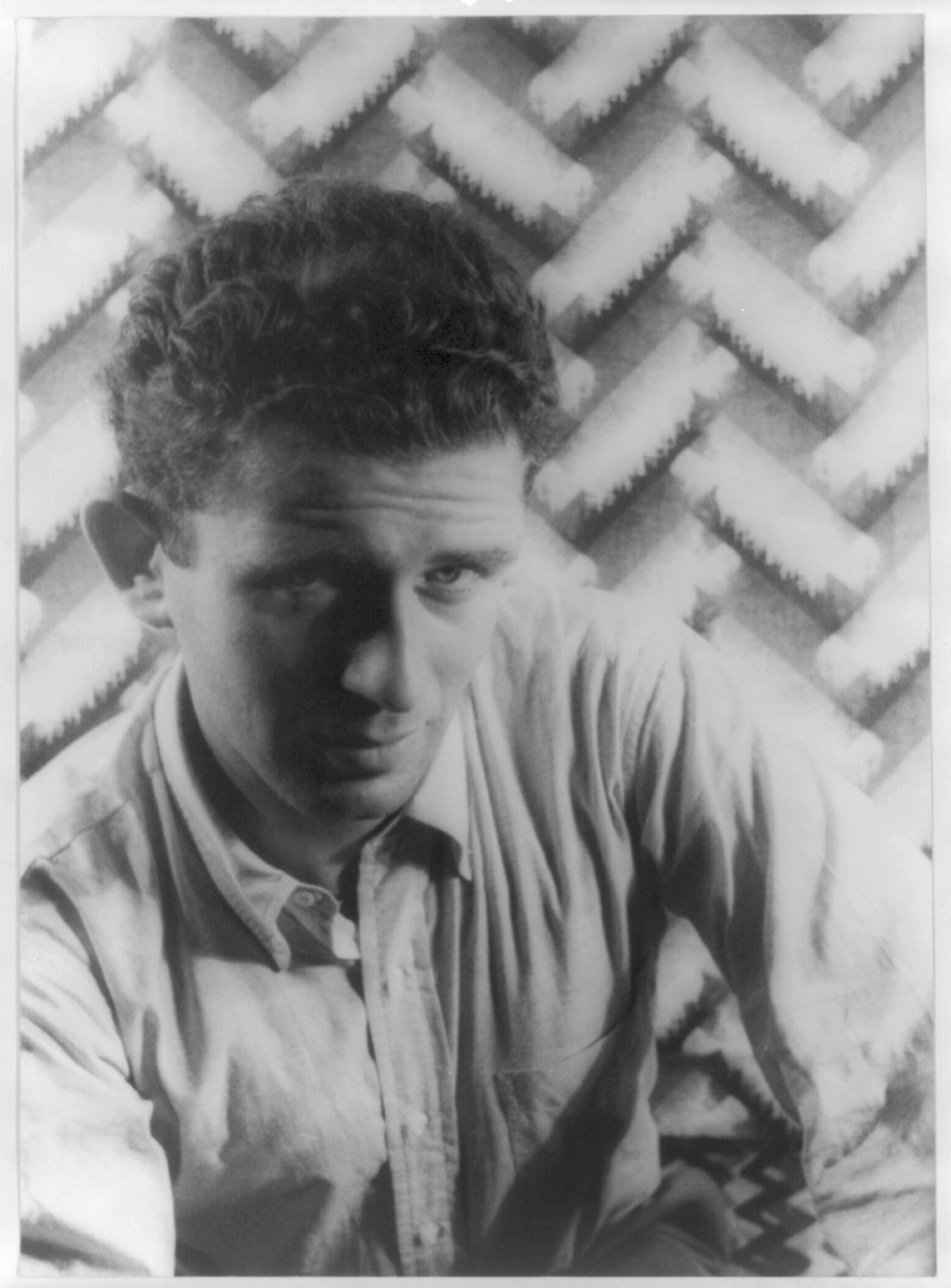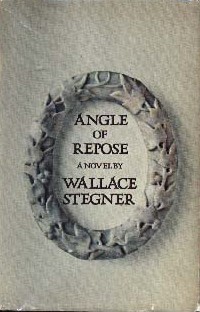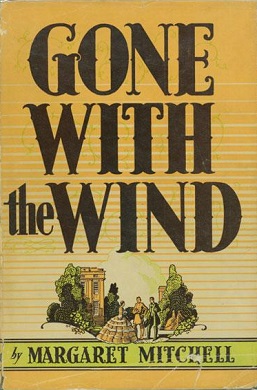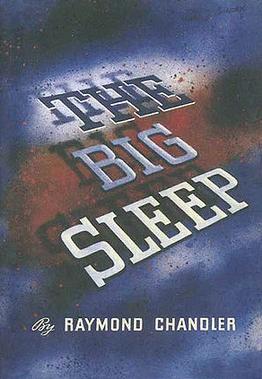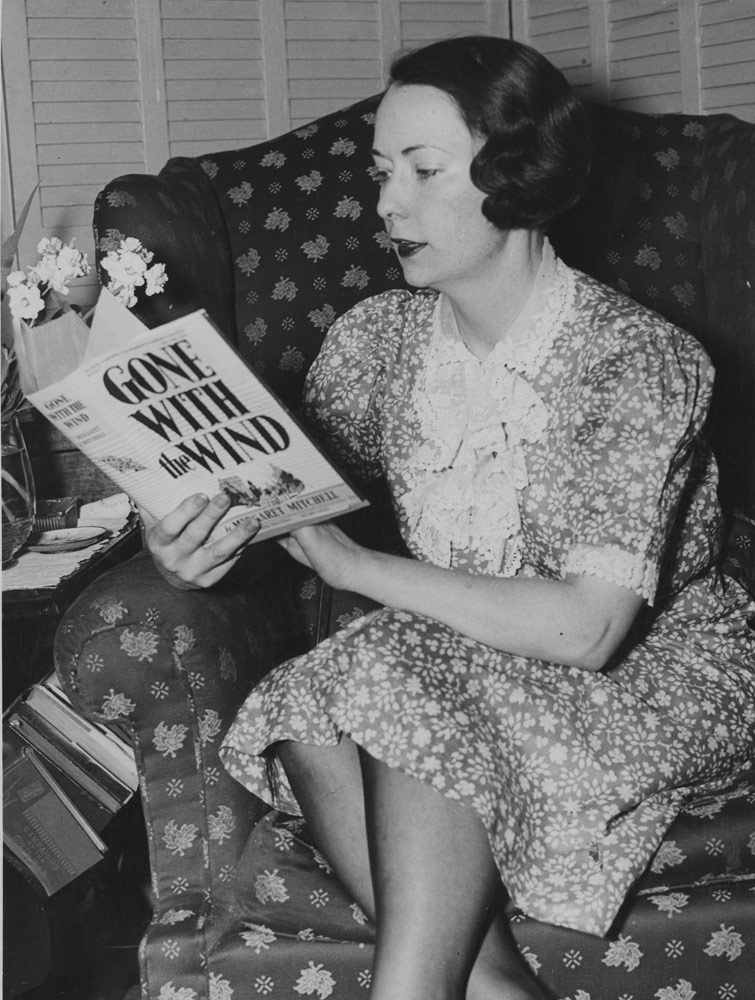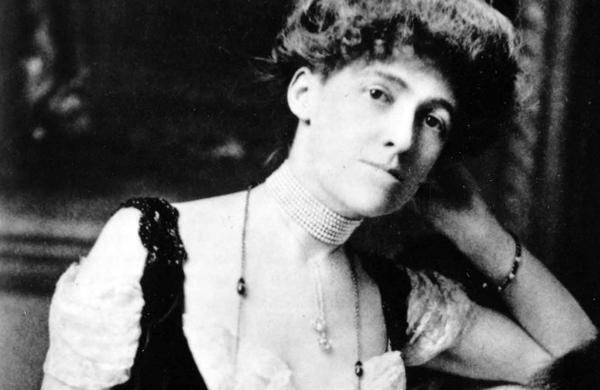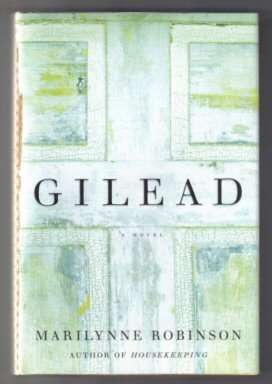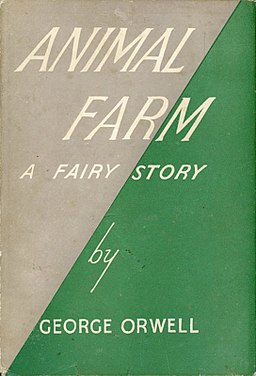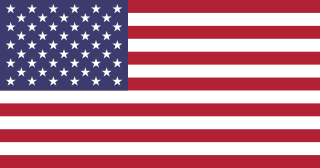While not many print journalists bear the distinction of being a household name, there are likely few people who have not heard of investigative reporter Bob Woodward. Woodward—Harvard educated and a Navy veteran—has spent the majority of his career at The Washington Post, where he currently serves as associate editor. He initially applied for a position as a reporter at the Post and was given a two week trial period. He was not hired on a continual basis due to a lack of experience, since he applied right out of school. Woodward applied again after one year of working as a journalist at the Montgomery Sentinel. Not even a full year later, Woodward, along with Carl Bernstein, was assigned to cover a burglary at the soon to be infamous Watergate Building. This would make him a household name.
us toll free: 1-800-948-5563 international: +1 (843) 849-0283 UK: +44 (0) 1334 260018




